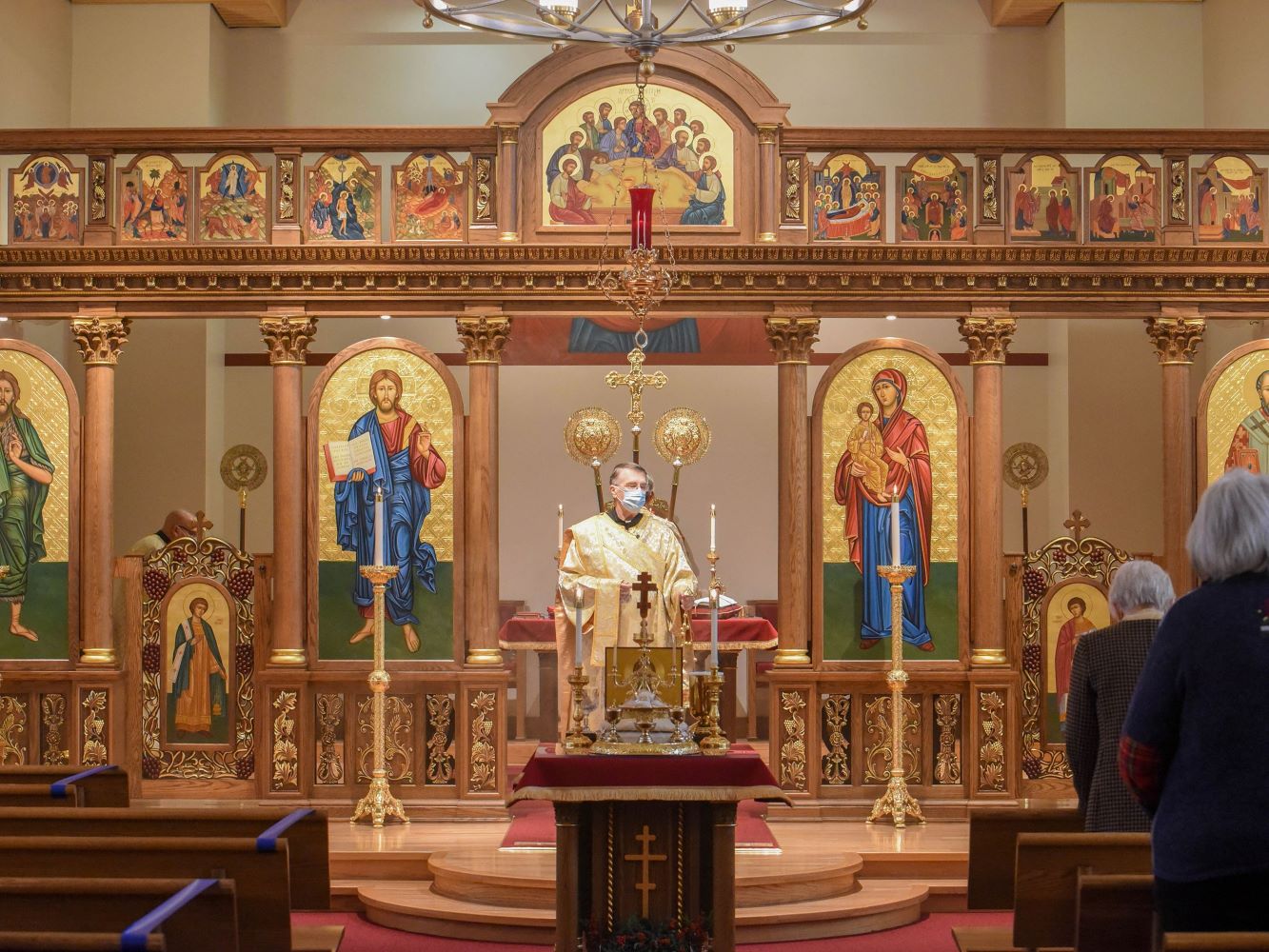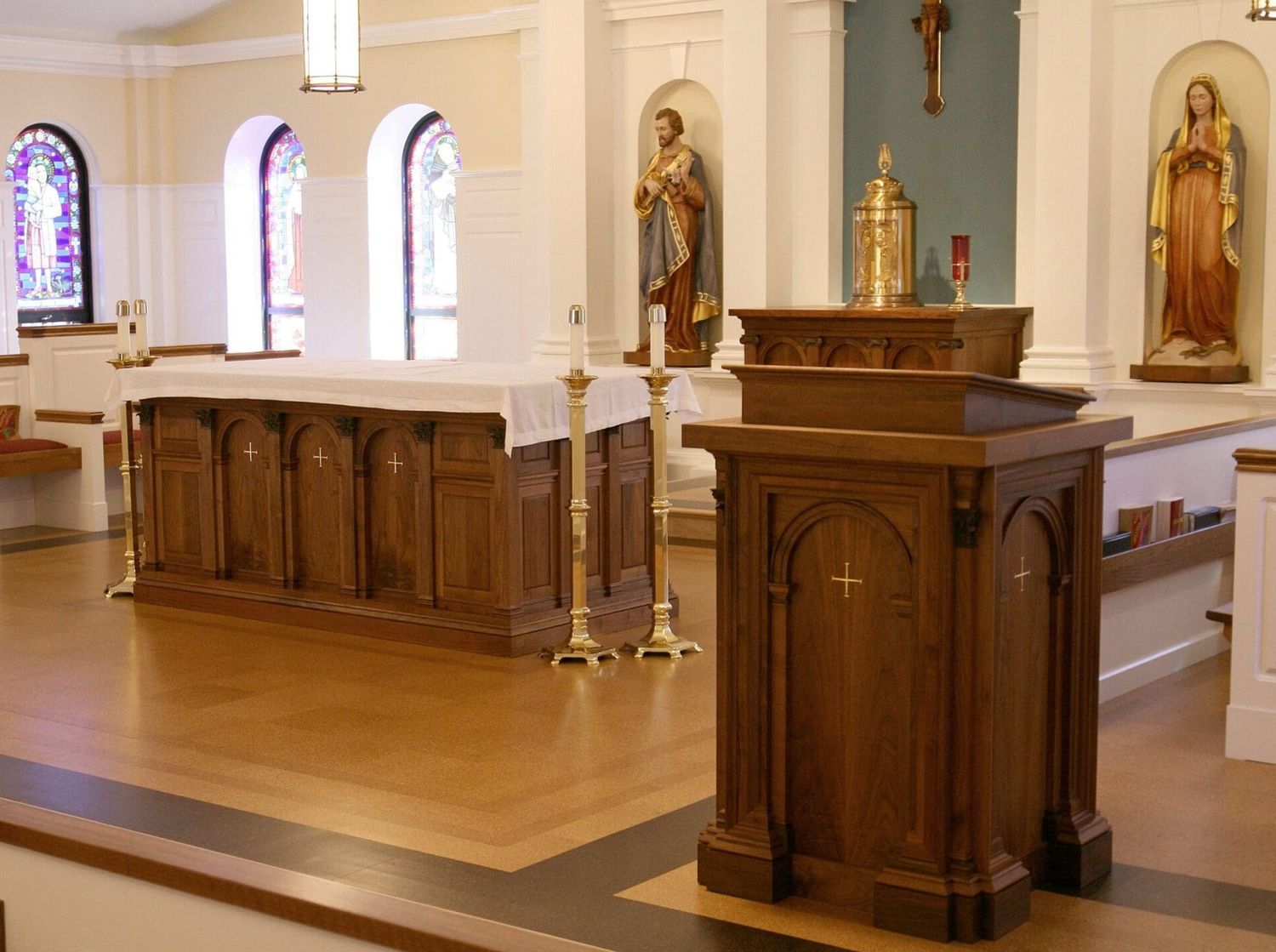
What are Eastern Catholic Churches? They are unique branches of the Catholic Church that follow Eastern Christian traditions while remaining in full communion with the Pope in Rome. How many Eastern Catholic Churches exist? There are 23 distinct Eastern Catholic Churches. Where are they primarily located? These churches are mainly found in Eastern Europe, the Middle East, and parts of Africa and India. What makes them different from Roman Catholics? They have their own liturgical rites, theological traditions, and canon law. Why are they important? They enrich the Catholic Church with diverse spiritual practices and cultural heritage. Are they growing? Yes, especially in regions with significant Eastern Christian populations.
What Are Eastern Catholic Churches?
Eastern Catholic Churches are unique branches of the Catholic Church. They follow Eastern Christian traditions while remaining in full communion with the Pope in Rome. Here are some fascinating facts about these churches.
-
Diverse Liturgical Traditions: Eastern Catholic Churches use various liturgical rites, including Byzantine, Alexandrian, Armenian, East Syriac, and West Syriac.
-
Distinctive Practices: They often have different practices from the Roman Catholic Church, such as allowing married men to become priests.
-
Rich History: Many of these churches trace their origins back to the earliest Christian communities, some even to the apostles themselves.
Unique Characteristics of Eastern Catholic Churches
Eastern Catholic Churches have many unique characteristics that set them apart from their Western counterparts. These features reflect their rich heritage and diverse traditions.
-
Iconography: Icons play a significant role in worship and are considered windows to the divine.
-
Chanting and Singing: Liturgies are often chanted or sung, creating a deeply spiritual atmosphere.
-
Use of Incense: Incense is frequently used in services to symbolize prayers rising to heaven.
The Structure and Governance
The governance of Eastern Catholic Churches differs in some ways from the Roman Catholic Church. They have their own hierarchies and structures.
-
Patriarchs and Major Archbishops: Some Eastern Catholic Churches are led by patriarchs or major archbishops, who have significant authority within their churches.
-
Synods: Decisions are often made by synods, gatherings of bishops who discuss and decide on important matters.
-
Eparchies and Exarchates: Instead of dioceses, Eastern Catholic Churches have eparchies and exarchates, which are similar but follow Eastern traditions.
Relationship with the Roman Catholic Church
Eastern Catholic Churches maintain a unique relationship with the Roman Catholic Church, balancing their traditions with unity under the Pope.
-
Full Communion: They are in full communion with the Pope, meaning they recognize his authority while maintaining their own liturgical and administrative traditions.
-
Ecumenical Efforts: These churches often play a crucial role in ecumenical efforts, fostering dialogue between the Catholic Church and other Christian denominations.
-
Shared Sacraments: Sacraments like the Eucharist and Baptism are recognized mutually between Eastern and Roman Catholic Churches.
Cultural and Regional Influences
Eastern Catholic Churches are deeply influenced by the cultures and regions where they developed. This diversity is reflected in their practices and traditions.
-
Language: Services are often conducted in the local languages, such as Arabic, Greek, or Ukrainian.
-
Festivals and Feasts: They celebrate unique festivals and feasts, often tied to local customs and traditions.
-
Architectural Styles: Church buildings often reflect the architectural styles of their regions, from domed Byzantine structures to ornate Armenian designs.
Modern-Day Eastern Catholic Churches
Today, Eastern Catholic Churches continue to thrive and adapt to the modern world while preserving their ancient traditions.
-
Global Presence: They have a global presence, with communities in countries far from their original homelands.
-
Youth Involvement: Many churches actively involve youth in their activities, ensuring the continuation of their traditions.
-
Social Services: They often engage in social services, providing education, healthcare, and support to those in need.
-
Interfaith Dialogue: These churches frequently participate in interfaith dialogue, promoting understanding and cooperation among different religious communities.
-
Digital Outreach: Embracing technology, many Eastern Catholic Churches use digital platforms to reach out to their faithful and spread their message.
Final Thoughts on Eastern Catholic Churches
Eastern Catholic Churches offer a rich tapestry of traditions, liturgies, and histories that differ from their Western counterparts. They maintain unique practices while being in full communion with the Pope, showcasing the diversity within the Catholic Church. These churches, with roots in Eastern Europe, the Middle East, and parts of Africa, highlight the global nature of Catholicism. Understanding their distinctiveness helps appreciate the broader Christian tradition. From the Byzantine to the Maronite rites, each brings something special to the faith. Their resilience, especially in regions facing persecution, is a testament to their enduring spirit. So next time you think of Catholicism, remember it’s not just about Rome. There’s a whole world of Eastern traditions waiting to be explored. Dive into their stories, and you might find a new perspective on faith and community.
Was this page helpful?
Our commitment to delivering trustworthy and engaging content is at the heart of what we do. Each fact on our site is contributed by real users like you, bringing a wealth of diverse insights and information. To ensure the highest standards of accuracy and reliability, our dedicated editors meticulously review each submission. This process guarantees that the facts we share are not only fascinating but also credible. Trust in our commitment to quality and authenticity as you explore and learn with us.


